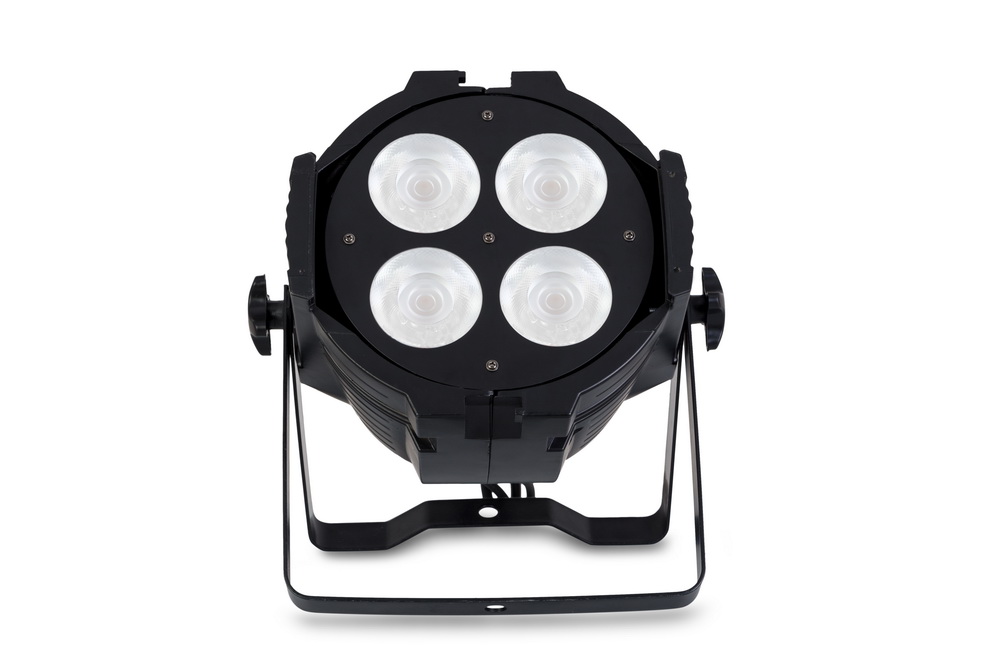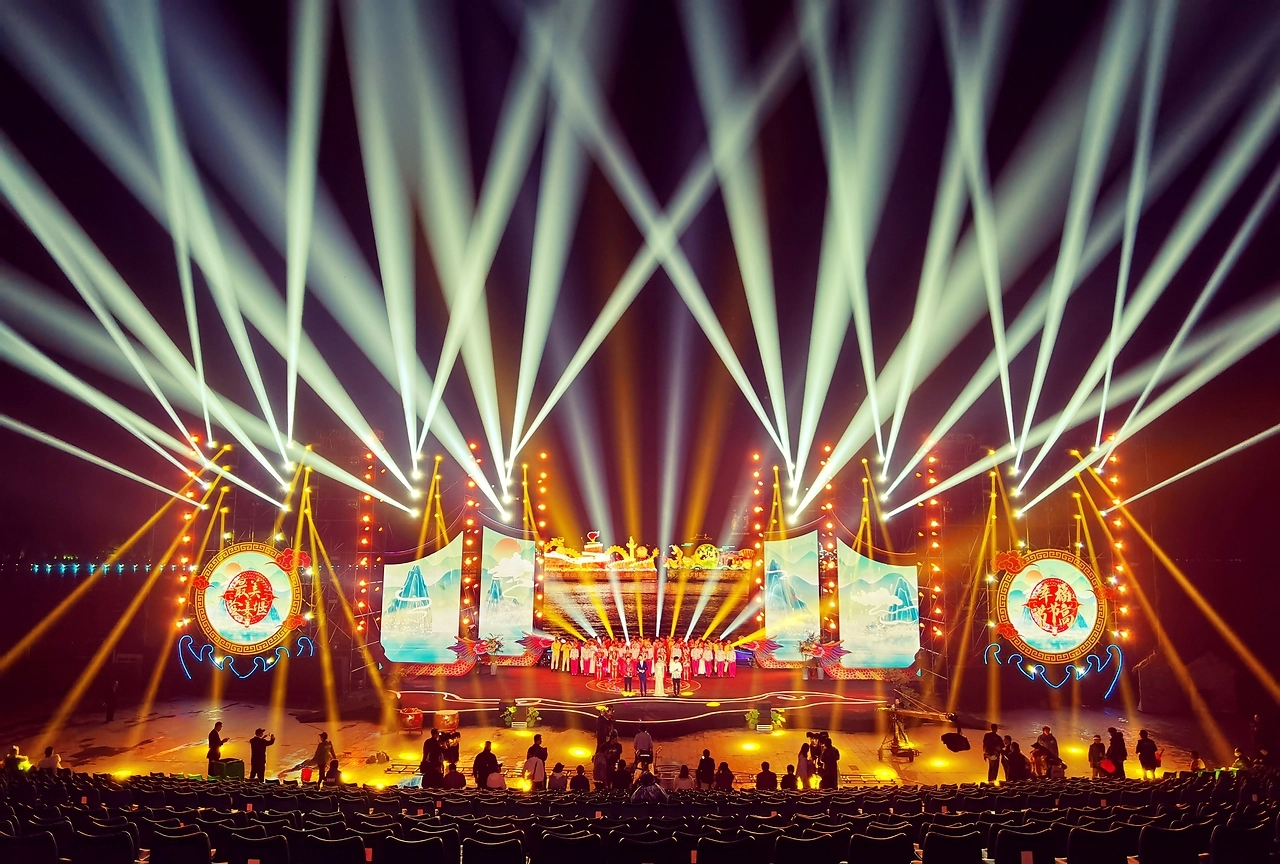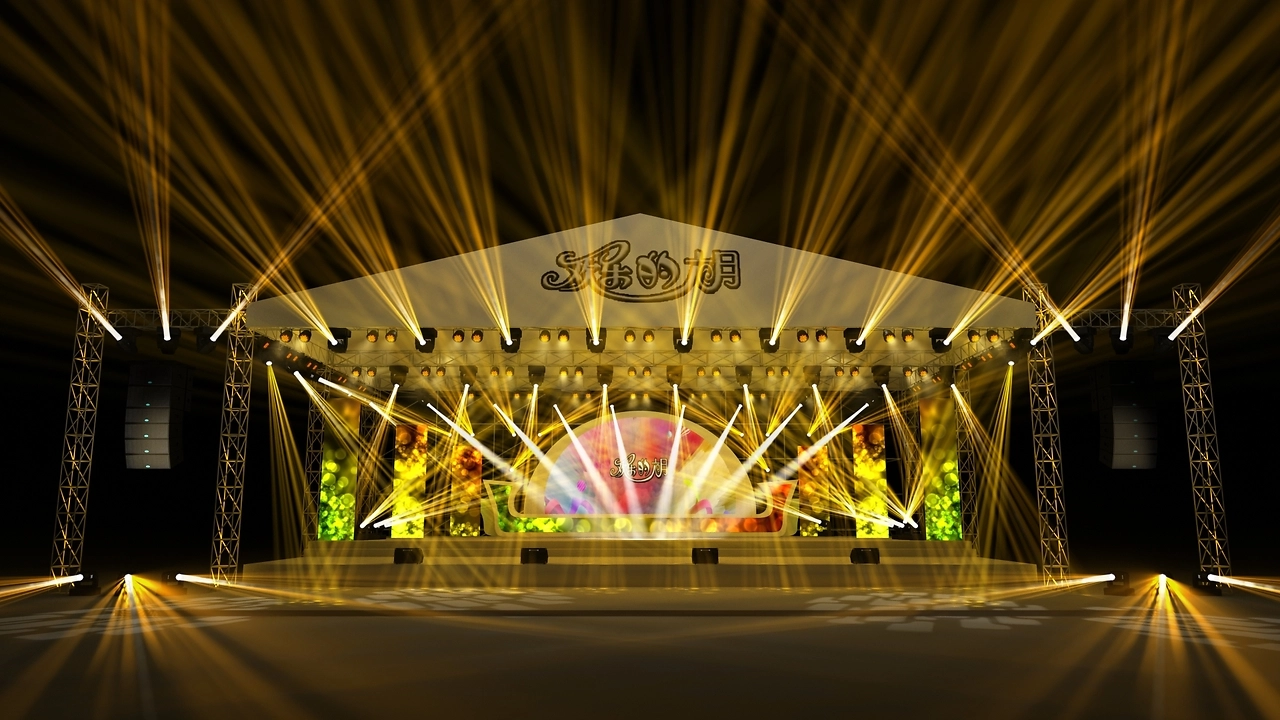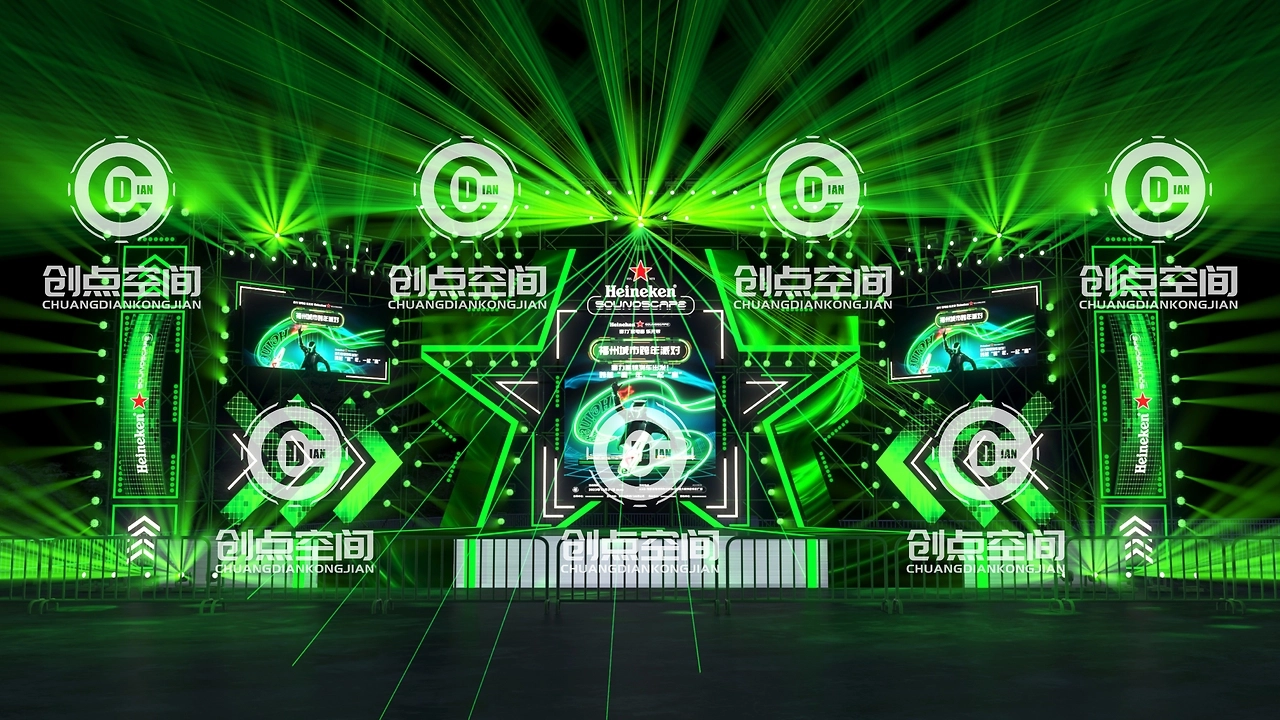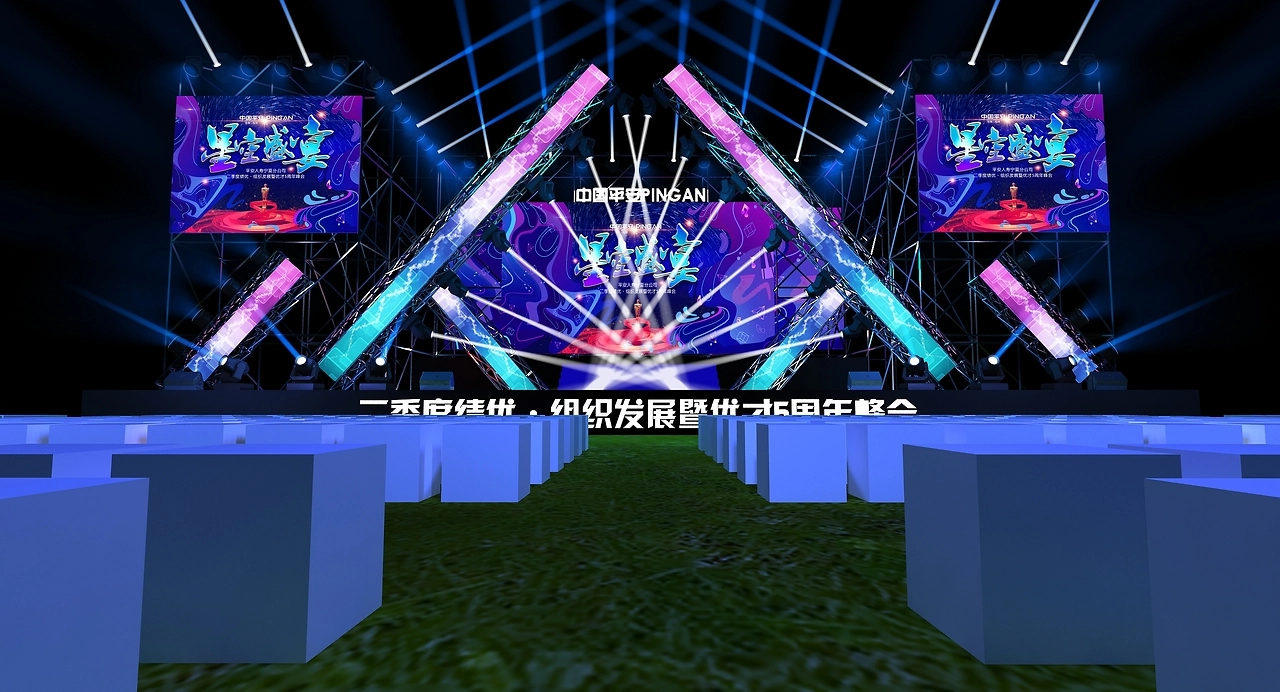LED Stage Lighting: A Technological Revolution Reshaping Modern Performance Spaces
Stage lighting is an indispensable element in performing arts. It is not only a carrier of visual presentation, but also a core tool for emotional expression and atmosphere creation. In recent years, with the rapid development of LED technology, the traditional stage lighting industry has undergone a disruptive change. From large-scale concerts to immersive dramas, from commercial events to film and television shoots, LED stage lighting is redefining the boundaries of stage aesthetics with its advantages of efficiency, flexibility, and environmental friendliness.
---
1. The dilemma of traditional lighting and the rise of LED**
Before the popularization of LED technology, stage lighting mainly relied on traditional light sources such as halogen lamps and metal halide lamps. Although these lamps have high brightness, they have defects such as high energy consumption, severe heating, and short lifespan. For example, traditional spotlights typically have a lifespan of only a few hundred hours and require frequent bulb replacement, resulting in high maintenance costs. In addition, the color temperature adjustment of traditional light sources relies on color filters, which have limited color expression and cannot meet the needs of modern performances for dynamic light and shadow effects.
The introduction of LED technology has completely changed this situation. The energy consumption of LED lighting fixtures is only 10% -30% of traditional light sources, with a lifespan of tens of thousands of hours and almost no heat generation, greatly reducing the heat dissipation pressure on the stage. More importantly, LED can achieve full color spectrum coverage by mixing the three primary colors of RGB (red, green, and blue), and with the help of a digital control system, it can instantly switch colors, brightness, and dynamic effects, providing designers with unprecedented creative freedom.
---
2. Core advantages of LED stage lighting**
1. Energy conservation, environmental protection, and cost-effectiveness**
The low energy consumption characteristics of LED significantly reduce the power consumption of performance projects. Taking a medium-sized concert as an example, if all LED lights are used, the electricity bill can be reduced by more than 60%. Meanwhile, the long lifespan reduces the frequency of equipment replacement, making it more economical from a long-term operational perspective.
2. * * Accurate color and dynamic control**
LED lighting supports 16 bit or even higher precision color control, which can accurately restore the color tone required by designers. For example, programming can be used to achieve light and shadow gradients for sunrise and sunset, or simulate complex effects such as lightning and flames. Some high-end lighting fixtures are also equipped with pixel level control technology, which decomposes the light into tiny units to create a screen like "light painting" effect.
3. * * Intelligence and Interconnectivity**
Modern LED lighting fixtures generally support protocols such as DMX512 and Art Net, which can be linked with lighting consoles, music rhythms, and even real-time sensors. In the immersive drama 'Sleepless Night', the LED lighting system can dynamically adjust the direction of the beam according to the audience's position, achieving an interactive experience of 'people walking with light'.
---
3. Infinite possibilities of application scenarios
1. * * Concerts and music festivals**
LED technology has upgraded stage lighting from a "lighting tool" to a "visual art installation". For example, in Taylor Swift's "Time Tour Concert", the combination of LED ground screens and aerial matrix lights, combined with programming algorithms, creates a fantasy scene of galaxy flow and space-time folding.
2. * * Drama and Dance**
In the West End Theatre of London's Harry Potter and the Cursed Child, LED lights are used to simulate the dynamic light and shadow of the magical world. The lighting can instantly switch color tones with the sound effect of spells, and even create the illusion of "time pause" through strobe effects.
3. * * Commercial Space and Exhibition**
The flexibility of LED makes it shine in the commercial field. Brands such as LV and Gucci often use LED lighting to create immersive fashion shows at their press conferences, guiding the audience's gaze through changes in light and enhancing product storytelling.
---
4. Challenges and Future Trends**
Despite its significant advantages, LED stage lighting still faces some technical bottlenecks. For example, some low-cost LED lighting fixtures have insufficient color rendering index (CRI), resulting in distorted skin tone restoration; The heat dissipation problem of high-density LED arrays still needs to be optimized. In addition, how to balance artistic creativity and technological implementation remains a long-term issue for designers.
In the future, LED technology will be deeply integrated with artificial intelligence and the Internet of Things. For example:
-Intelligent programming: AI algorithm can analyze scripts or music rhythms and automatically generate lighting schemes;
-Interactive Lighting: Through motion sensing cameras or biosensors, the lighting can respond in real-time to the performer's movements or emotions;
-Sustainable Design: Modular LED lighting fixtures will support rapid maintenance and upgrades, reducing electronic waste.
---
V. Conclusion**
LED stage lighting is not only a technological advancement, but also a revolution in artistic expression. It breaks the limitations of traditional passive lighting and makes the light itself the protagonist of the performance. With the iteration of technology, future stages will become more intelligent and personalized, and LED will continue to play the role of conductor in this symphony of light and shadow. For practitioners, embracing this transformation means using light as a pen to write infinite possibilities on the intertwined stage of reality and virtuality.
